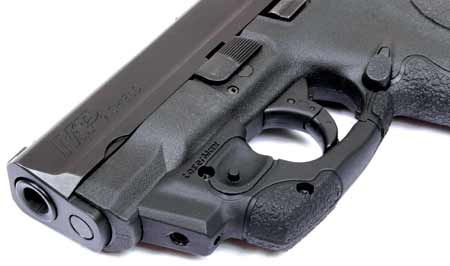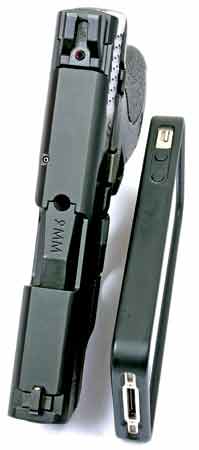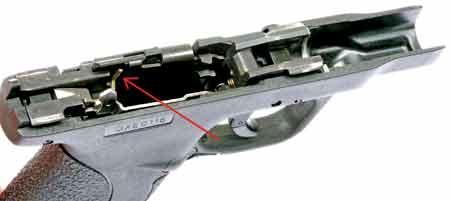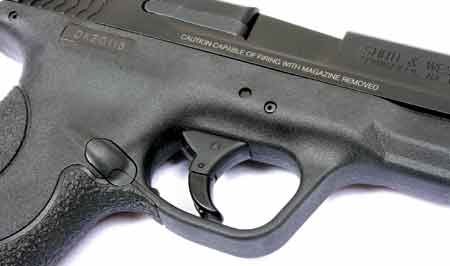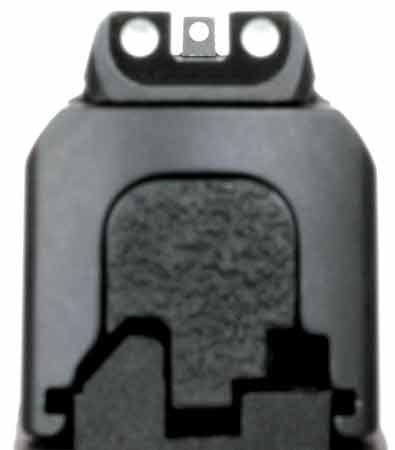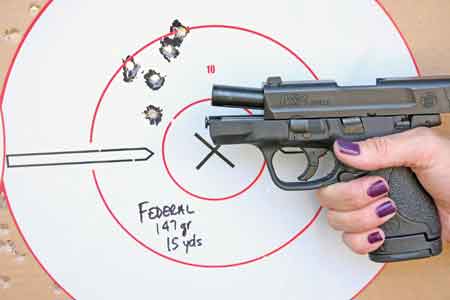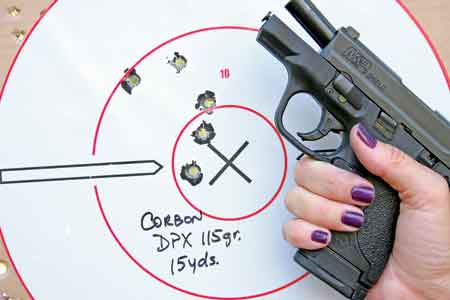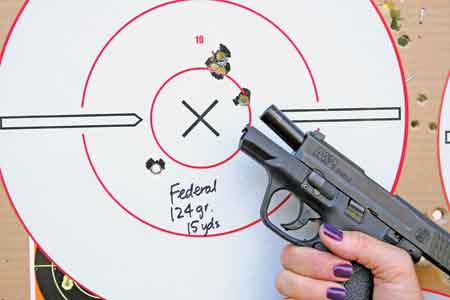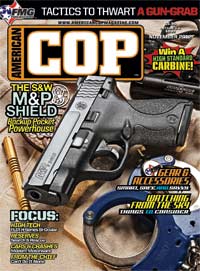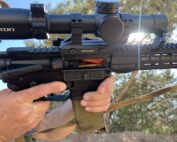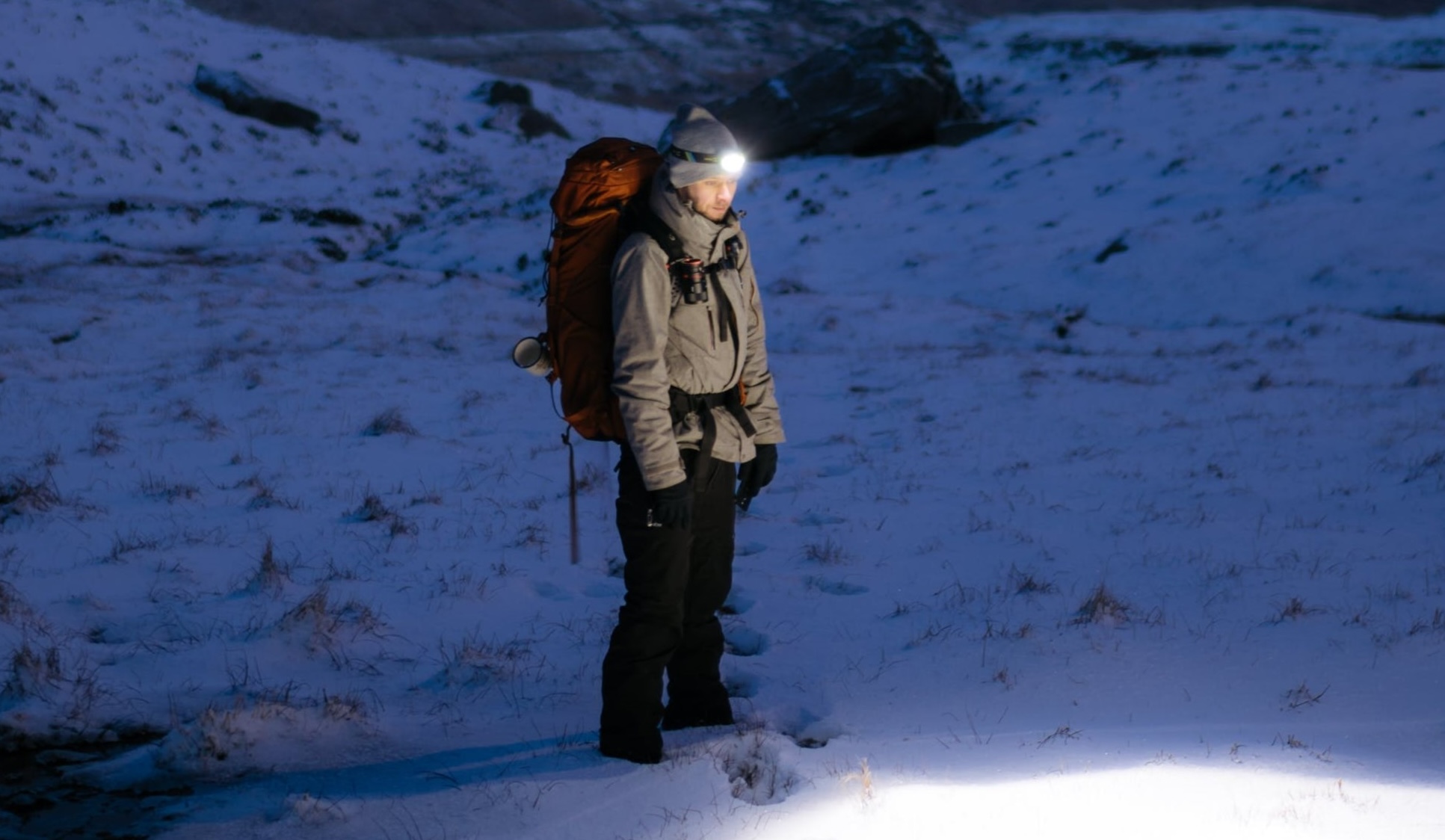
SWbig
Backup Pocket Powerhouse!
In the summer of 2005, S&W grabbed the attention of the polymer pistol world with the introduction of the S&W M&P 9mm semi-auto. With ergonomics and design elements raising the bar considerably for that genre, S&W quickly began to garner law enforcement market share for duty pistols. As is often the case, the consumer market also saw the benefits of this streamlined, lightweight holster gun, and dealer orders poured in.
Over the past 7 years, S&W has built on that original model, expanding the lineup to include compact models, mid-sized models and expanding the calibers to include .40 S&W and .45 ACP. Today, police agencies as diverse as the iconic Vermont State Police, to the Belgian Federal Police, and dozens of others, have adopted S&W M&P series duty pistols. But what’s been lacking has been a truly “compact” version — until now.
In March I was invited to S&W for the launch of The Shield. There’d already been a lot of chatter on the forums and other sites about the “secret weapon” they’d been teasing us with since SHOT Show. I was quite interested to see what all the fuss was about and felt a little like Charlie winning the golden ticket to get into Willie Wonka’s chocolate factory — S&W is actually better than a candy factory, by the way. After signing the requisite non-disclosure agreement (had to keep my yap shut until they launched it at the NRA Show a few weeks later), I got my first glimpse at The Shield.
A Shield with a LaserMax CenterFire frame mounted laser.
A Real Shooter
At first glance I thought, “Great, another pocket pistol.” The market is literally flooded with compact guns right now and I was a bit jaded in thinking I’d see something truly special. But once I looked closer, I realized I shouldn’t be so quick to discount its relevance. S&W built this gun as the next evolution in the M&P series, but it’s not a simple case of making a mini-me version of the full-size gun; everything had to be engineered from scratch.
It’s small — 6.1″ overall, less than 1″ wide and 4.6″ tall, and weighs 19 ounces. It’s not much bigger than the classic S&W J-frame, yet it offers 7- or 8-round mags, a fast reload, and more controllability. I carried a full-size polymer 9mm by Springfield Armory as my duty weapon for years, and I find the Shield would be the perfect gun to carry if I were back working as a “defective” again. If I were back in uniform, I’d have no qualms carrying this as a backup in a Renegade ankle holster.
My test gun was chambered in 9mm, which is good because I’m most comfortable shooting 9mm. At the S&W event, I put about 200 rounds through it, and since then I’ve put several hundred more through it. I’ve fed it a variety of ammo from cheap reloads to match-grade, and the gun has functioned perfectly, regardless what it’s been fed.
A better size comparison; if you can carry an iPhone, you can carry a Shield. So no excuses!
What’s What
The S&W M&P Shield comes in 9mm and .40 S&W, with a single-sided thumb safety and slide stop. They have black Melonite-coated stainless steel barrels and slides (for wear and corrosion resistance), polymer frames, and are striker fired with a 6.5-pound DAO trigger pull. They come standard with two magazines (7- and 8-round for the 9mm, 6- and 7-round for the .40) and 3-dot white sights.
Takedown is easy, but you have to pay attention. As with full-size M&P’s, the take down lever and sear deactivation system allows you to disassemble the gun without pulling the trigger. In order to do this, you need to use a small flathead screwdriver or something similar to rotate the sear deactivation lever (painted yellow) down into the mag well. Of course, this is done after you’ve unloaded the gun (removed the mag and locked the slide back), and visually and physically checked to ensure it’s unloaded. There’s also nothing to say you can’t disassemble the gun the “old fashioned” way.
Fit and finish of the Shield is quite nice. There are no disconcerting rattles with it and everything locks up tight. The grip texturing, including just under the triggerguard, feels good and isn’t overly aggressive. The grip size is fixed on the Shield. Smith & Wesson did this intentionally in order to keep the gun as compact as possible. The slide is easy to manipulate thanks to the wavy slide serrations. They prevented my hand from slipping off, yet didn’t dig into my skin.
Shield guts, including the yellow sear deactivation lever (red arrow).
This photo is a bit deceiving; the Shield is actually smaller than its full-size sister, especially in width.
Shooting
I first fired my full-size M&P 9mm to be able to compare function and felt recoil. I didn’t expect the Shield to be as “comfortable” to shoot as the full size, but it’s a good baseline. I shot two Federal loads (124-gr. and 147-gr.), Black Hills 124-gr. and CorBon DPX 115-gr. (all HP loads). The gun handled them all perfectly. The high-velocity CorBon load was the snappiest of the group, but all were controllable.
At the 15-yard range I tested the Shield, this particular gun seemed to like the Federal 124-gr. the best, but all grouped satisfactorily for this kind of a gun at this distance. I wouldn’t hesitate to take a 25-yard, center-of-mass shot with the Shield if I had to.
Interestingly, during my shooting I noticed if I held my finger too high on the trigger, I wouldn’t move the trigger safety enough to clear the frame without it catching. This would make it feel like the trigger was grinding, but didn’t interfere with the function. With my finger centered or lower on the trigger, the pull was smooth — but heavy, about 6.5 pounds.
Trigger reset was distinct, both audibly and felt. When you get yours make sure you practice full reset; don’t cheat and short-stroke it. If you’re going to do some really precise shooting you need to watch your trigger control as it’s a bit “stagy” and takes getting used to. And since all of your shooting should be precise, you should always be concentrating on precise trigger control. Right?
The Shield has a trigger safety and an external extractor, and can be fired even after removing the magazine … imagine that.
Dovetailed 3-dot white sights are standard. If you don’t like these, you can opt for a number of aftermarket sights from Hi-Viz, XS or others.
Your Money’s Worth?
When Smith & Wesson introduced the Shield, they’d already partnered with numerous manufacturers of holsters, sights, lasers and lights. A host of these products were immediately available when it hit the market — smart thinking. Since then, most other manufacturers of these goodies have ramped up production to give you plenty of options to customize the Shield to your needs.
The gun comes with two stainless steel magazines (one standard and one extended) and lists for $449, but can often be found for less. It’s an excellent choice for off-duty or backup, and I’d certainly consider it for detective work.
Having carried a fully loaded, full-size 9mm for many years, I’ve got to admit the weight was wearing on me. The Shield’s my new everyday carry gun. I like having more rounds than a J-frame revolver, and the extra magazine is easier to stow than speed loaders or moon clips. Additionally, shooting a semi-auto is almost second nature to me — sorta’ the way you old wheel-gun guys feel about revolvers.
While not really a tiny, compact “pocket” nine, the Shield would be at home in a pocket holster in a jacket pocket, or the pocket of a pair of BDUs or lose trousers. It’s right at home in an ankle holster, IWB rig, lightweight shoulder holster or one of those “side of your vest” holsters for under your uniform shirt. Belt carry is very comfortable due to the light weight and modest size, but that same size also translates into the Shield feeling more like a “real” gun than the tiny pocket nines out there these days. That tiny bit of extra size means you can almost do full-size pistol work with it. And that’s something to think about.
By Suzi Huntington
Federal’s 147-gr. delivered the consistent accuracy and moderate recoil it’s known for.
The hot CorBon load was certainly snappy, but delivered a consistent group.
The 124-gr. Federal was on par with the 147-gr., delivering moderate recoil.
This load had the most potential for accuracy had I not thrown the one straggler.
View The American COP November 2012 Issue Now!

